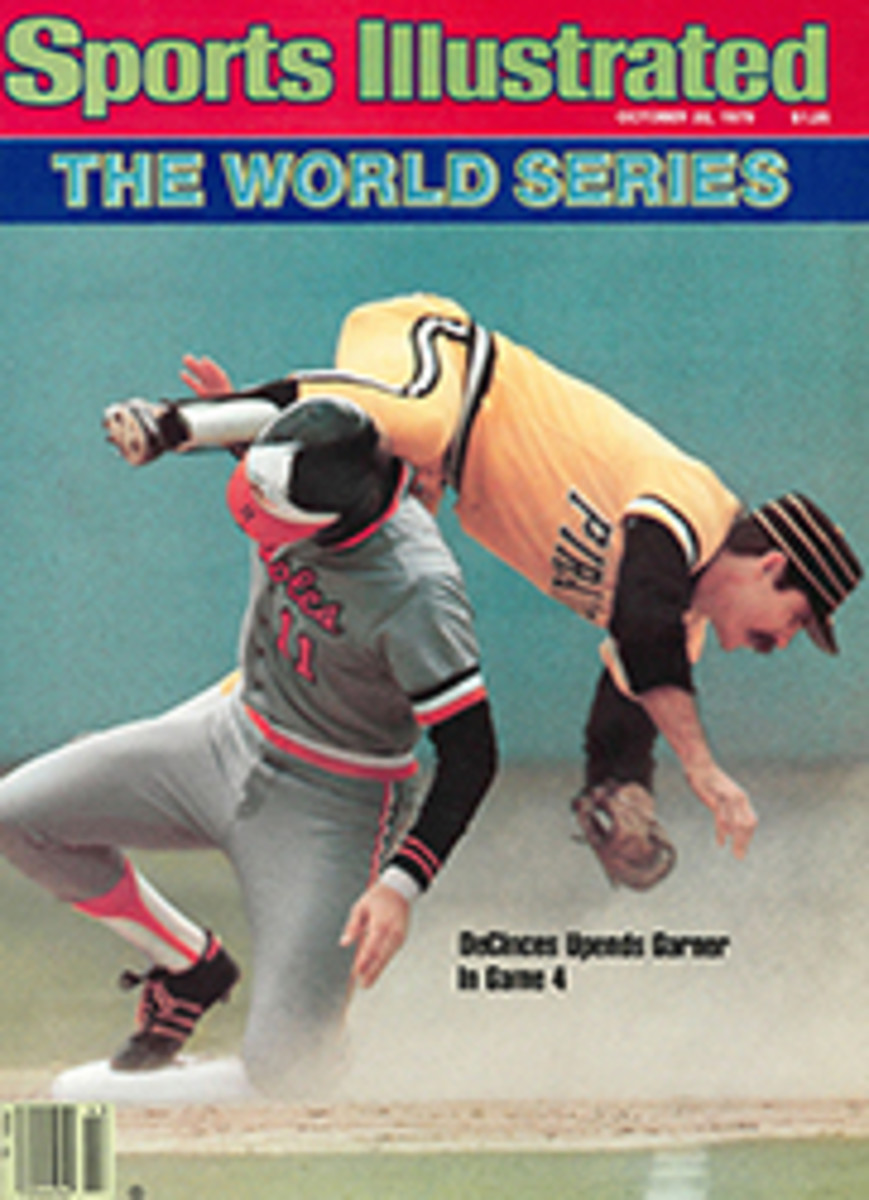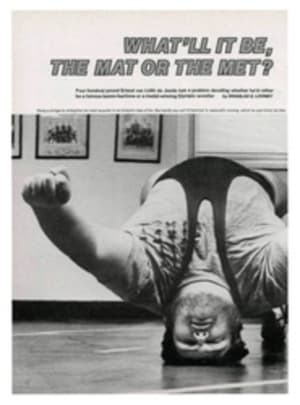
FINE ART OF OLYMPIANS GOES ON SALE FOR PENNIES—AT YOUR POST OFFICE
Works of art by the New York painter Robert M. Cunningham (who has, among other things, illustrated 16 SI stories) are now available to all—and for just a few cents apiece. Cunningham has designed 10 commemorative stamps and five other philatelic items in honor of the 1980 Winter and Summer Olympics. His stamps portray athletes in action and are modeled after such Olympic stars as Jesse Owens, Dorothy Hamill and Rafer Johnson; he avoided likenesses because the Postal Service forbids the depiction of living people on stamps.
"Winners weren't everything, nor the only thing, I looked for," says Cunningham. "I scanned thousands of photographs searching for the right pose. Because so many events are over so quickly, it's impossible to sketch on the spot. Stamps are the briefest of visual statements. At a glance, they must epitomize a theme. The message of a postage stamp is communicated throughout the world. It is a country's calling card."
Cunningham was asked by the Postal Service to select 15 events. Because the U.S. is the host country of the Winter Games, he was careful not to show any national bias. Basketball was eliminated because American teams had won gold medals in eight of the nine Olympics in which it has been contested.
To avoid having the uniforms suggest those of any particular country, Cunningham used the colors of the Olympic rings—red, yellow, blue, green and black—to reflect the flags of all competing nations. But he was unable to incorporate the rings into his designs even though they had been used in both the 1972 and 1976 Games issues. By a 1978 act of Congress, the U.S. Olympic Committee holds sole rights to the use of the emblem in the U.S. So Cunningham devised a pattern of five interlocking stars, in blue and white, which alludes to the traditional symbol and, in his words, "gives the series its own identity."
Olympic collectors can expect more art from Cunningham. He is now at work on an Olympic postal book, which will include his entire series of stamps, additional art and comments from athletes on each of the 15 sports represented. The book will be available in February 1980. Meanwhile, the Cunningham collection is already at the local post office. Prices run from a dime for the sprinter postal card to 31¬¨¬®¬¨¢ for the high-jumper airmail stamp. Or you can splurge and get the complete works for $2.46.

